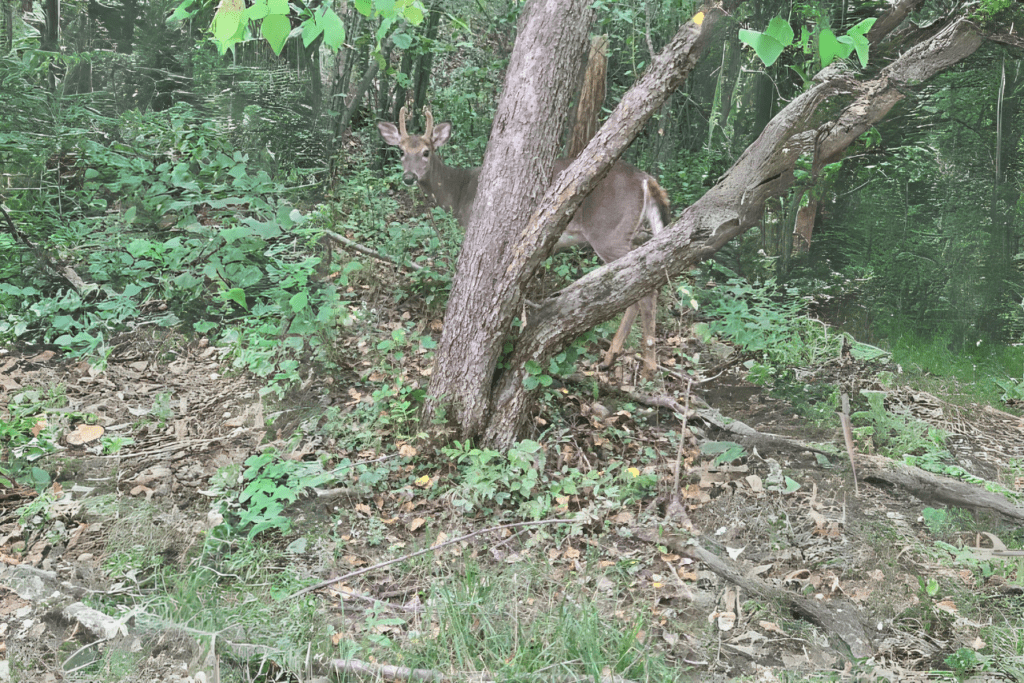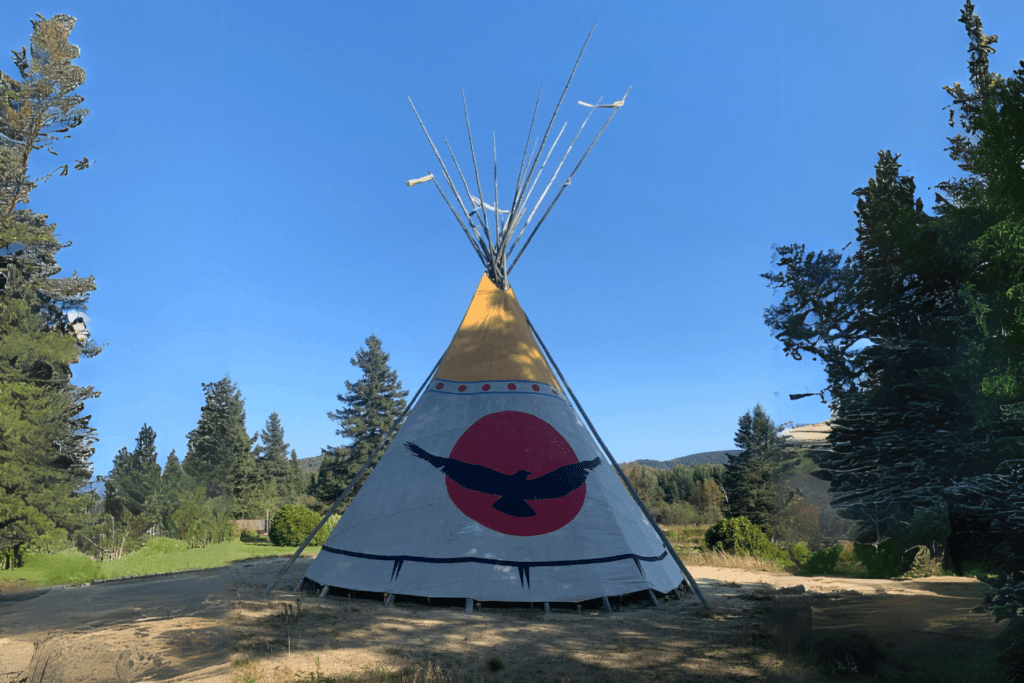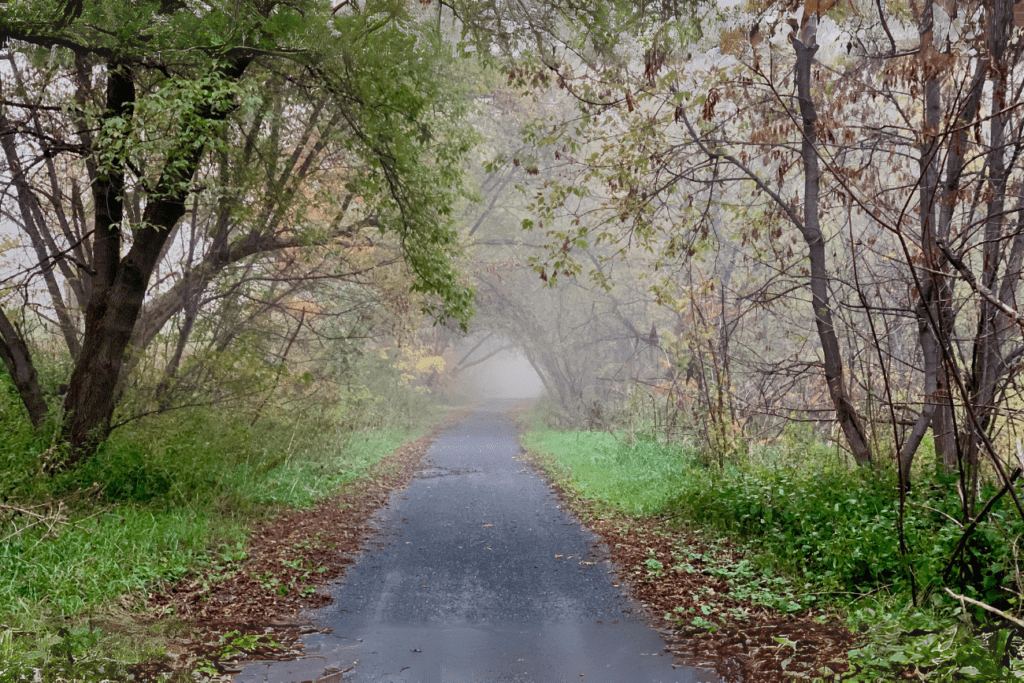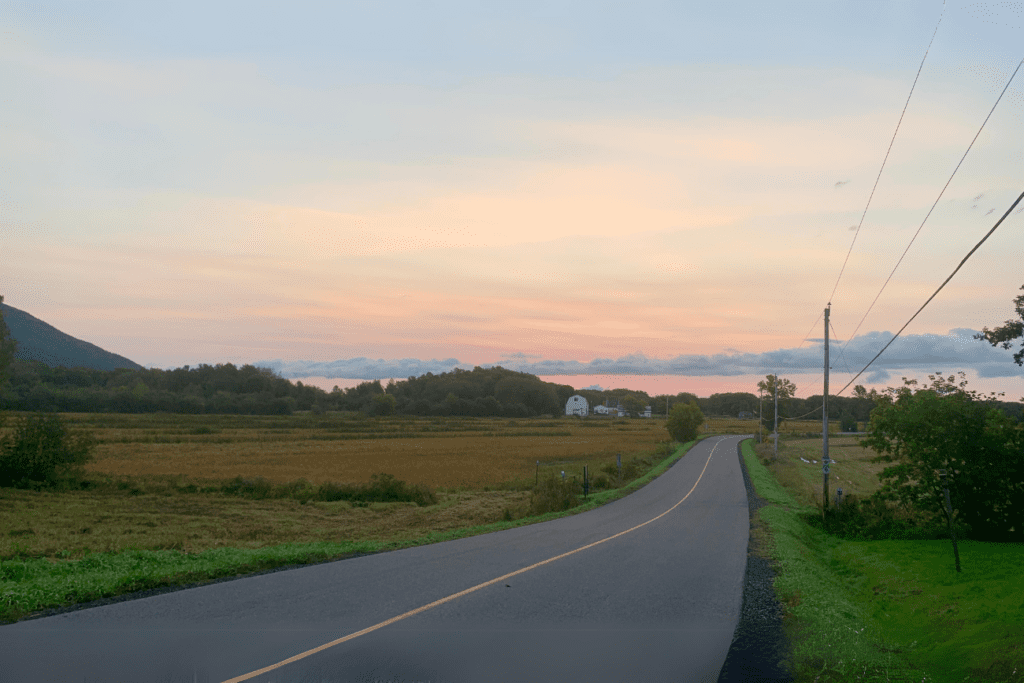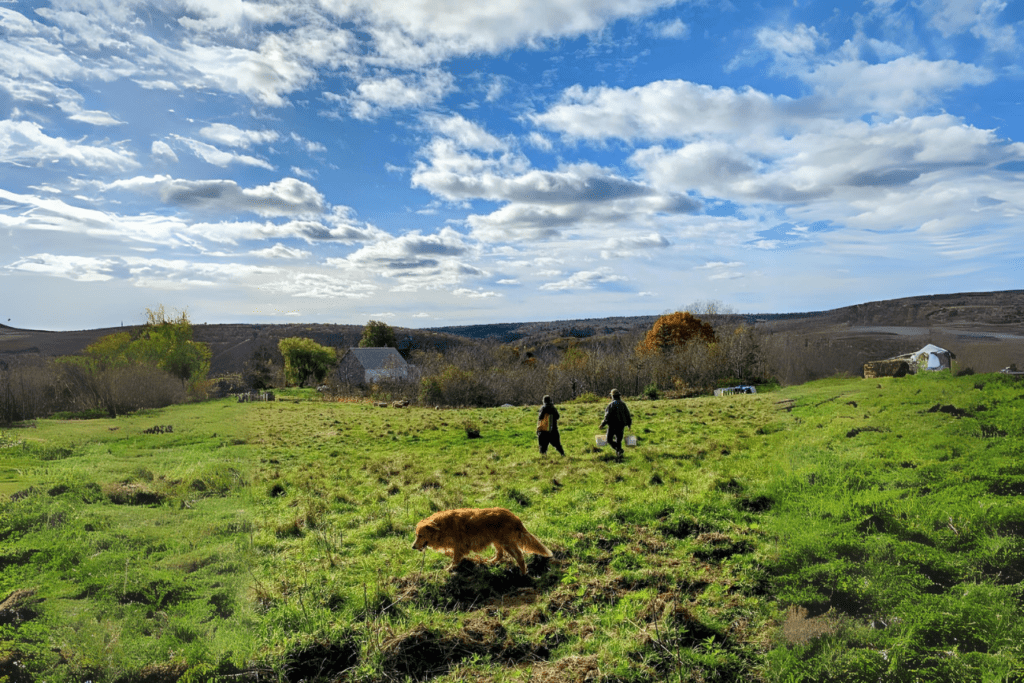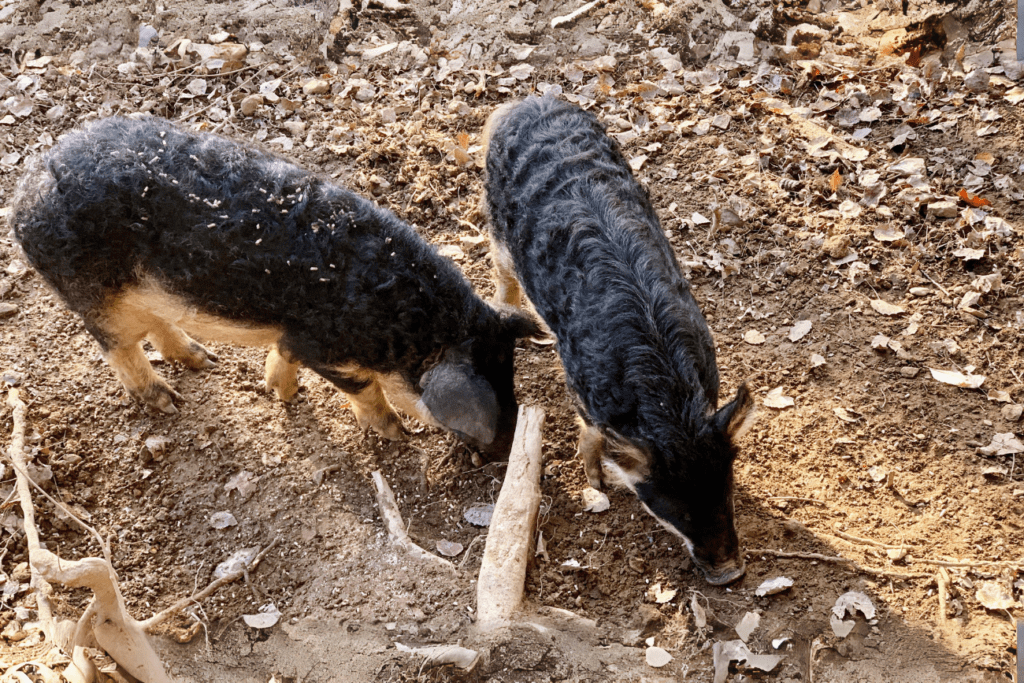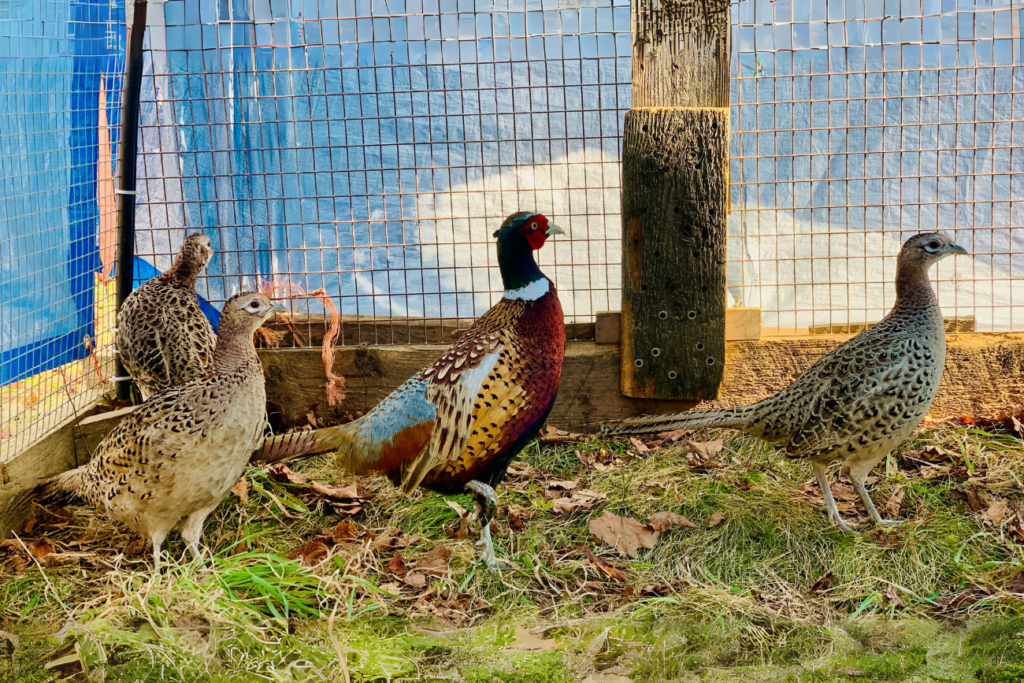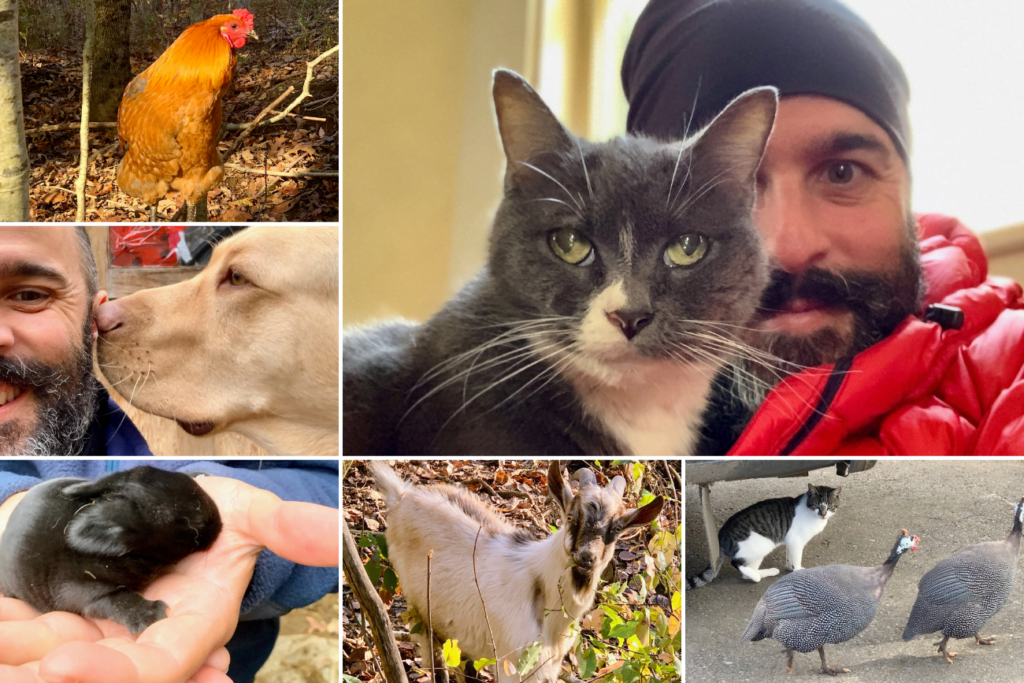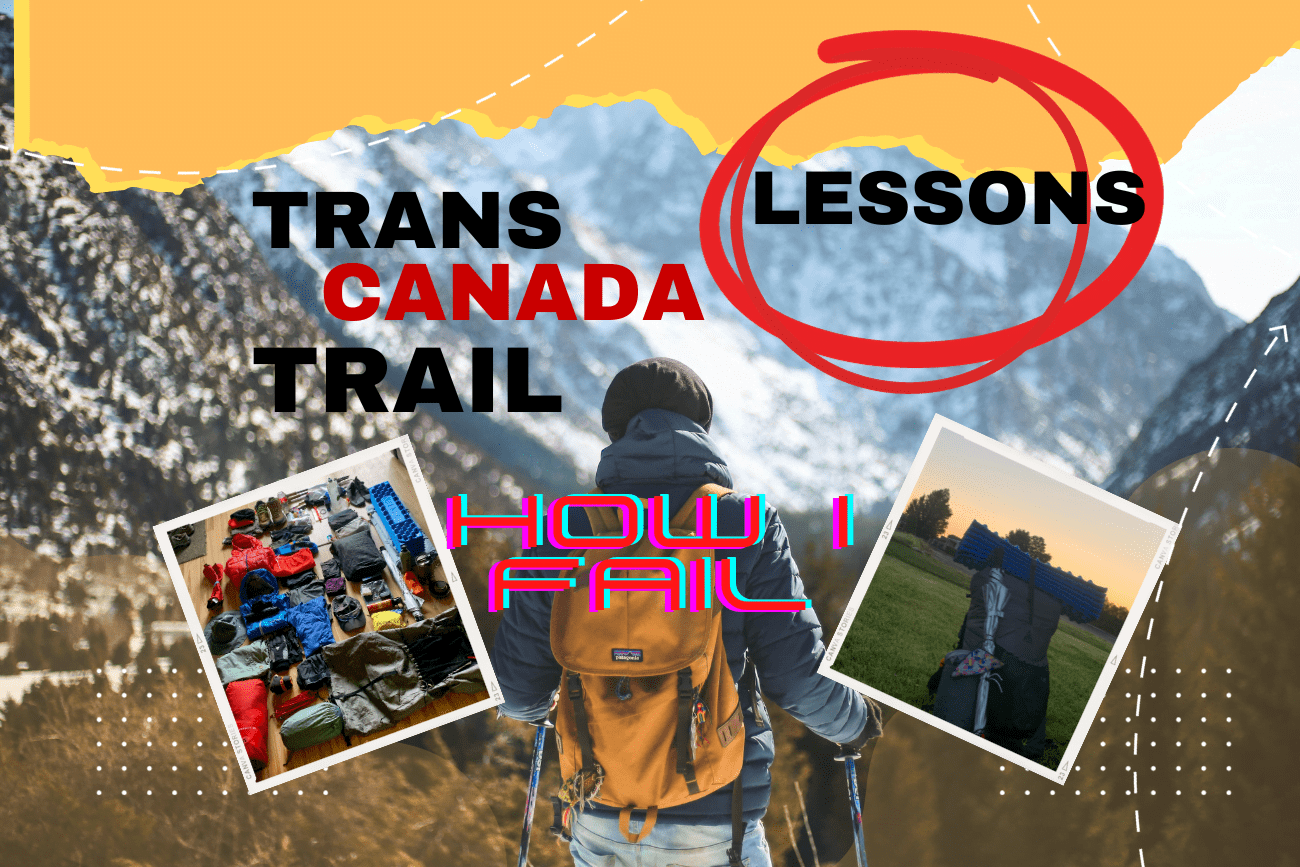
Did you know that if you walked 30 km (18,64 miles) per day it would take you 2,5 years to complete The Great Trail Canada?
With over 28,000 km (17,398 miles) of trails, the Trans Canada Trail, known as TCT or the Great Trail is the world’s longest network of recreational trails, connecting all 13 provinces and territories.
Hi, I’m Dave Gunther and I’m an outdoor enthusiast.
I don’t have any formal training or experience in hiking, but I’ve always been curious and adventurous. I started walking three years ago on a simple and smooth trail in the park near my apartment, you know, where you could relax with a baby cart and enjoy nature!
But soon I craved more challenge and variety, so I set my sights on the Trans Canada Trail. I’ve had many adventures and discoveries since then like in the Azores, Croatia, Canary Island, which I’ll share with you later. But it was only last March 2023 that I really got into the TCT.
I chose to hike the Trans Canada Trail, because it was right there for me to explore. I got hooked on watching YouTube hiking channels. The stories of freedom, courage, and independence, making lifelong friends and, most importantly at the time for me, reconnecting with my inner child. Well… I wanted to become the person that my inner child deserved when I was a kid. — it all moved me deeply.
I spent months getting ready, buying all the gear and saving enough money. I began my hike on September 1, 2023. But after two months, I couldn’t go on. I failed this time. So, here’s how I messed up my TCT thru-hike and what I gained from it.
How I planned my route, budget, gear, and logistics
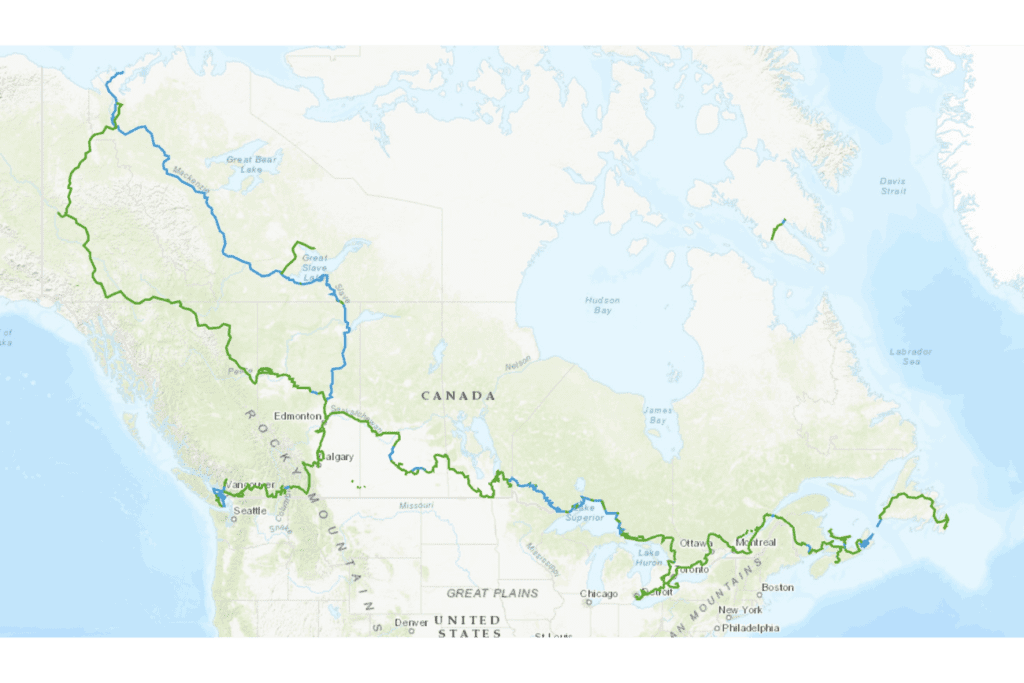
The route planning is very simple. The official name of the trail is the Trans Canada Trail (TCT). It was briefly renamed as The Great Trail between September 2016 and June 2021, but it changed back to its original name after extensive consultation and research with the public and stakeholders. The TCT covers the provinces and territories. But in each of them, there are different trails, such as
- The Confederation Trail in Prince Edward Island, 449-km (279-mile),
- The Cabot Trail in Nova Scotia, 298-km (185-mile),
- The Kettle Valley Rail Trail in British Columbia, 650-km (404-mile),
- The Great Lakes Waterfront Trail in Ontario, 3,000-km (1,864-mile),
- The Viking Trail in Newfoundland and Labrador, 489-km (304-mile
- Or the Route Verte, 5,300 km (3,293 miles)which is the longest network of cycling trails in North America.
The Government of Canada’s website says that eight out of 10 Canadians live within 30 minutes of the trail. So, I’m always close to towns or villages for food or emergencies. I’m never really isolated. I have cell phone coverage and the trail is designed for bikes or family hikes. The Trans Canada Trail organization makes the trail safe and accessible for everyone. What more can I want?
Unfortunately I focused more on the gear than the trail. The YouTube videos motivated me. I wanted ultra lightweight stuff, because I had to haul those gears on my back for more than 2 years. I was happy with them, but I packed too much. I didn’t use that Helinox chair, because I was too exhausted to set it up. I liked sitting on the ground on my second Exped flexmat. Those are the things you can only find out when you experience thru-hiking. Don’t get me wrong, If I do hike for one weekend, I’ll bring the chair for sure and the second mat for winter camping.
I was also naive about the route and logistics. I was even more foolish about food. I lived in an apartment and spent around 100$ cad per week on food by myself. That’s 400$ per month. I thought I could find grocery and convenience stores on the trail. I thought I could get two cans of tuna easily. But what if you were so exhausted and hungry that you had to eat at McDonald’s because the nearest grocery store was an hour away? And what if you ended up paying almost 40$ for ONE meal at McDonald’s? That happened to me.
How I trained physically and mentally for the hike
I began walking to work in January 2023. That was 6.6 km (4.1 miles) per day and I also walked about 10,000 steps per day at work. I walked up to 17 km (10.56 miles) on the weekends to enjoy the outdoors and one day off.
In March, I decided to hike the TCT and started using my backpack with 20 pounds (9.07 kg) of weight in it to boost my stamina. I carried my backpack everywhere and every day.
I also brought the book called : Pacific Crest Trials: A Psychological and Emotional Guide to Successfully Thru-Hiking the Pacific Crest Trail
I couldn’t stop thinking about the trail all day long. The TCT seemed so romantic from my sofa. But you have to prepare and anticipate the challenges and obstacles, months before you start your hike. That’s the main point of this book. The authors claim that this book is about your essential gear, “the one between your ears.” They do their best to equip you for the psychological aspect of the trail. It was a great tool for me to stay focused on my aim. Completing the whole Trans Canada Trail.
How Awesome !!
How I would dealt with the uncertainties and risks of the hike

I thought I had the food problem solved by being close to the towns and villages along the trail.
When I decided to go on this hiking trip, one of the most important things I needed was a reliable water filtration system. After doing some research, I discovered the amazing Sawyer filter, which can remove 99.99999% of bacteria and protozoa from any water source.
To make my life easier, I also bought the handy coupling that allows me to attach the filter to any standard water bottle. And to store enough water for my adventure, I got the Cnoc Outdoors VECTO 2L Water container, which is durable, collapsible, and easy to fill and drink from.
Now I have everything I need to stay hydrated and healthy in the wilderness. Well, almost everything. There’s still one more thing I need to worry about: bears. That’s why I also purchased this Ursak resistant bear food sack, which can hold up to 5 days of food and keep it safe from hungry critters. And just in case I encounter a grizzly, I always carry the famous bear spray, which can stop a bear attack in seconds. With these items, I’m ready to enjoy my adventure without any fear. Oh boy I was wrong!
For emergencies? I got a mobile plan that covers Canada and enough data for my usage, which was crazy: 40 GB for $40 CAD/month. (Code: CYDKC).
I realized I needed a backup battery, since my phone would only last a day. I did some research and found the Nitecore Summit. It was a power bank designed for cold weather – it could resist temperatures as low as -40° C/F with a smart heating function that turned on when it got too cold. I needed that, because I was hiking in September and the nights were chilly. I needed that one because it’s 20,000 Amp Hours and I thought I could go further on the trail.
I also knew, from reading many stories about the “zero day”, that I needed to recharge my electronics. To do it as quickly as possible, I got this Fast Charger Block and Foldable Plug Wall. It was awesome that the plug could fold, so it saved some space in my backpack.
What if I hurt myself, I’ll have the Adventure Medical Kits Ultralight and Watertight First Aid Kit. Check !
And for the worst of the worst, I’ll have the Garmin inReach Mini 2. It’s a very cool and Compact Satellite Communicator and I wanted it to be orange. My family and close friends were able to follow me on the hike and know where I was.
I had prepared my body, my mind, and my gear for the trail. I was mentally aligned with this feat. I was ready for whatever came my way !
How I started my TCT thru-hike
How I began my hike from Quebec to Nova Scotia

Before I embarked on the TCT, I tested all my gears in two shakedowns over the weekend. I was amazed by how well they performed. I felt confident that they would keep me safe and comfortable throughout the trip. I packed enough food for four days, which made my backpack weigh 30 pounds (13.61 kg).
However, during one of the shakedowns, I learned a valuable lesson. Wearing shorts and a t-shirt in a heat wave was a bad idea. So was wearing heavy hiking boots. I quickly changed my outfit and footwear to suit the weather. I was glad I did that, because it made a huge difference. I realized that being flexible and adaptable was key to success. Thanks to that, I had the best equipment to face the challenge.
It was the first day of September, 2023. I had a restful night and rose with the sun at 6 a.m. I decided to shave off my head and beard as a symbolic gesture of starting fresh on the TCT. I wondered how much my hair would grow during this epic journey. I felt a surge of adrenaline and enthusiasm that made me skip breakfast. I couldn’t wait any longer. The Trail was only 11 minutes away from my location. I snapped a selfie with my bag and headed out. I felt a sense of liberation and joy as I finally reached the destination of my dreams after months of anticipation.
I stepped onto the trail, feeling a mix of excitement and curiosity. I knew that in an hour, I would enter uncharted territory, where every sight and sound would be new to me. I felt a surge of courage, adventure, and resourcefulness, as if I was flying above the ground. I recalled the moment when I crossed the threshold of the unknown, where the trail forked into a path I had never taken before. It was then that I realized I had truly begun my journey. The next few days were a blessing. The summer had been gloomy and wet, but on the trail, the sun shone brightly and the air was warm. It was as if the trail had given me a gift of summer, a reward for my daring and perseverance.
How I experienced the beauty and diversity of the TCT
At first, I captured everything in photos: my joyful smile, my first tent setup, my encounter with wild deer, my food. I chatted with the curious hikers I met on the way. I loved my new nomadic lifestyle. I never stayed in the same spot, always moving and covering more distance. The people I came across on the trail made my day brighter. I greeted everyone with a wave. I noticed how different people were depending on the time of day. I felt like I was grasping the essence of life. I rested in a remarkable location. It was stunning.
I was reading about how Alfred Hitchcock filmed his 1953 thriller near Saint-Tite-des-Caps, after leaving Baie St Paul. It was fascinating to learn about the area. A man approached me and we struck up a conversation. He offered me a tipi for the night if I came by his place, Meshkenu. He shared many intriguing facts about his culture. Did you know that tipis are the homes of Indigenous peoples on the west side of the country, and here they are called wigwams by Algonquian peoples and other Indigenous in the eastern half of North America? That night was awesome. Didn’t have to pitch my tent.
I’m telling you again. People are amazing. They made my trip wonderful. One night, I was in my tent in my pyjamas when two women came to check if I had any food in my tent, because of a bear nearby. They asked me to join them for coffee the next morning and gave me a lunchbox. I hung around for two days. It was hard to say goodbye.
A month later, I arrived in New Brunswick, the next province. The trees started to look different along the trail, and one night at the campsite I heard unfamiliar bird songs. It was amazing. I felt like an explorer. It was a unique experience to hear something new in my own country. There was so much to discover and learn by living it.
Another time.It was probably the best day ever. I walked for hours, following my GPS to a campsite. The night came and I used my headlamp to see. It was hunting season. I saw the last supermoon of the year that night. I wanted to make some noise for the wild animals, especially bears. I wore my bone-conductor headphones and sang and danced as I walked. It was extraordinary. I reached the campsite and slept on the picnic table. Under the moon. I felt grateful and happy. I used earplugs, because of the waterfall nearby. The next morning, the site was gorgeous. And there was plenty of fresh water to drink.
How I faced the challenges and difficulties of the hike
In the first few days, I walked about 20 km (12.43 miles) a day. I got some blisters on my little toes that I only noticed at night. I had to change how I walked. I set a timer to remind me to stop every hour and take off my boots and socks to dry them (because you d lost track of time). After a month, I walked for two hours at a stretch, just to unwind. That was when I had a snack.
I bought three pairs of Darn Tough socks, which have a lifetime guarantee. I won’t need to buy any other socks. If they get torn, I’ll send them back and get a new pair. I used the Micro Crew Lightweight Hiking Sock for my hiking days and one midweight pair that was too warm for September, but fine for November. I had another midweight pair for sleeping.
Five days later, I was camping on a farm near Richmond City. I had a bad case of diarrhea and had to rush out of my tent. I chose to go by the fence around the field. I figured people would think it was the cows if it smelled bad!
It was a dark and misty night, and I could hardly see anything. I ran to the fence, naked as a jaybird. I didn’t dare to fart. As I walked, I saw a light flicker in front of me. It looked like a firefly. I adore fireflies. They are so pretty and enchanting. They make me feel happy and peaceful.
I wanted to grab the firefly after I was done and look at it closely. I reached out my hand and touched the fence to balance myself. And then, shock! There was another light. It was not a firefly. It was a spark. I didn’t want to get zapped while I was having diarrhea. That would be a terrible and humiliating way to die. I let go of the fence and wondered what I was doing with my life.
I had to stop walking and call my mom and sister for help the next morning. My mom came to get me and took me home for a few days to heal. They were very kind and supportive of my adventure, but they also told me to look after myself better. I was only walking for five days, but it was 45 minutes by car. how insane the detour I took.
I was thankful that they were there for me when I needed them the most. After resting and hydrating at home, I felt much better and was eager to continue my journey where I left off on the trail and walked on from there. I learned my lesson and made sure to drink more water, bring more water purification tablets with me and Imodium just in case.
The hike was smooth until I got to New Brunswick. It was November. The sky was gloomy. There were fewer and fewer people on the trail, or so it seemed. In Quebec, I think people used the trail for their health and it was well maintained.
There were paved roads and rest areas, but in New Brunswick, it was mostly gravel roads and hardly any rest areas or benches. The trail was there, but a lot of it was on the side of the road with many trucks. It sapped my energy. When I wasn’t in an urban area, I was on a quad trail and it was a disaster after a rain. I was glad I had my waterproof socks.
The food in convenience stores was very expensive. And there weren’t many of them. I felt like I needed to carry at least four days of food, because I didn’t know when I would find food again. There wasn’t much variety in those stores and I needed calories, a lot of them. I had so many candies in my Ursak.
The farm dogs in the rural areas terrified me. I understand they are guarding their territory, but come on, I’m on the opposite side of the road, relax ! I always faced those dogs, walking backwards. I had my walking stick ready, but I didn’t have to use bear spray. Still, they made me very nervous.
I felt exhausted by the trucks, dogs, and gloomy weather, and maybe the food I ate. Sometimes, in my tent, I counted my food and if I had enough, I would rest for two nights in the same spot to recharge.
How I failed my TCT thru-hike
How I encountered an setback that forced me to stop
I felt the winter approaching. I had a plan to save money. I had read that hikers usually go home when the season ends. That’s expensive. I thought I had a smart idea by doing some Woofing or Workaway. It seemed like it was time to stop for the winter. The nights were below 0C (32F), and my sleeping bag and tent were always damp. Don,t get me wrong, I love sleeping outdoors. Being wet for a weekend is fine, but when it’s every day and there’s no home to go back to, you have to think hard about your next step.
I sent many emails to appealing workaway hosts in Nova Scotia. That was where I was heading next. I needed a shower, a roof over my head, and a comfortable place to sleep at night, while still enjoying the outdoors.
I discovered a place that met my requirements. I will look after the animals, live in a rural area, near a small village, near the trail and they will kindly let me stay until next spring. It’s a dream come true.
How I felt and reacted to my failure
I didn’t fail by ending the hike on the TCT. I wasn’t ready for the winter that was coming and I was aware of that. The first week of Workaway was one of the best choices I ever made. It showed me a new way of traveling: a way that is more fulfilling, more satisfying, and more enjoyable. It also helped me to be more adaptable, more inquisitive, and more daring. The host initially taught me about farming and living eco-friendly and my main task there was to assist with the animals: giving them food, gathering eggs, milking goats, etc.
But in the third week, things went downhill. Rude. That’s all I’ll say. I value myself and choose to follow my intuition and go.
How I decided to end my hike and return home
I left the place and checked into a nearby hotel, to recover and look for another workaway host. It was hard to find a farming job in winter in Nova Scotia. Everything was calm. Stores were shutting down for the season. I couldn’t afford the hotel at 140$CAD / 104$USD / 94 Euro per night. So I chose to go back home. It seemed like a failure at first. My plan didn’t work. The deeper you go into the country, the fewer services you get. I was trapped in a corner. It was difficult to get around and to find food.
I also searched for another host in New Brunswick and Quebec. But then I realized something. I learned a lot from two months of hiking, sleeping, and eating on the trail and I would need a lot of money to continue the hike on the trans canada trail in spring. I don’t have any sponsors or supporters for my hike. I’m doing this by myself. It’s only my passion and joy to hike.
I used to spend 100$CAD / 75 USD / 67 Euro on food per week before my hike.
At the beginning of my hike, I spent about 2$ per km per day on average. After two months, my average food cost increased to about 4$ per km per day. That meant I spent roughly 500$CAD / 372 USD / 338 Euro per week on food. That’s why I said I needed money.
What I learned from my TCT thru-hike
How I reflected on my failure and what it taught me
I accepted the feeling of being stuck, that I didn’t accomplish my goal. I couldn’t keep hiking. I’m still figuring out what caused the problem. I know hiking any trail for a long time is not cheap. I need to fuel myself. I admire those who complete the Pacific Crest Trail, Continental Divide Trail, Appalachian Trail in the USA or the Trans Canada Trail. I’m still curious how they managed it without giving up their home.
And it’s not fair to compare myself to others. I’m unique and I want to live my life in a way that makes me happy.
After a week of feeling like a zombie at home, I realized that I’m determined, brave, and adventurous. I walked from Quebec to Nova Scotia in two months and that’s amazing. I have many great memories of this journey.
I discovered that I’m adaptable, resilient and driven and so is everyone. When we ignite that joy within us, we grow. It’s very hard to wake up happy every day if you don’t pursue your passion. I can’t stand waking up cranky anymore. It tells me that I’m on the wrong path. It may sound corny, but do listen to your heart.
How I applied the lessons I learned to other aspects of my life
Do you know what I learned from this project? It’s not just about the topic, but also about how I can use what I know and do in different situations in my life. I learned how to follow the best practices and methods to plan and do my actions, and how to check and improve them based on what I heard back. This has helped me grow and learn better, and face challenges with a smile.
This project also showed me how to handle the unknown and the unclear, which are always there in any complicated and changing situation. There was no clear website or guide about hiking across Canada, and the information I found was very little and unclear. I had to be ready to change and adapt, and change my plans and hopes according to what was happening around me.
This has made me stronger and smarter, and ready for any future challenges that I may meet.
How I plan to continue hiking and exploring the TCT in the future
When I started this project, I was very focused on following the TCT route exactly. I didn’t realize how many interesting and beautiful places I was passing by without stopping to see them. By the time I felt like exploring more, I was already exhausted and couldn’t afford to take any detours.
Next time I’m on the trail, I will plan my trip differently. I will choose a specific section that goes through a national or provincial park, and spend more time there. I will also avoid walking in urban areas or along roads where there is nothing to see and no safe place to walk.
Conclusion
In conclusion, hiking and failing on the TCT is better than not hiking at all, because it can help you grow as a person and appreciate the beauty of the world.
Hiking on the Trans Canada Trail (TCT) is a rewarding and challenging experience that can teach you valuable lessons about yourself and the world.
Whether you succeed or fail, you will gain a new perspective on life and nature, as well as improve your physical and mental health. Hiking on the TCT is not for everyone, but it is definitely worth a try if you are looking for an adventure that will push you to your limits and beyond.
If you are interested in hiking on the TCT, you can find more information and resources on the official website of the trail.
Don’t let fear or doubt stop you from pursuing your dreams. As John Muir, the famous naturalist and conservationist, once said: “The mountains are calling and I must go.” So go ahead and answer the call. You won’t regret it.
Your turn!
Do you have any other lessons that you learn from your own challenge ? I would love to hear from you in the comments below or on social media. Let’s chat!
Thank you for your time and attention. I hope this post was useful for you.



